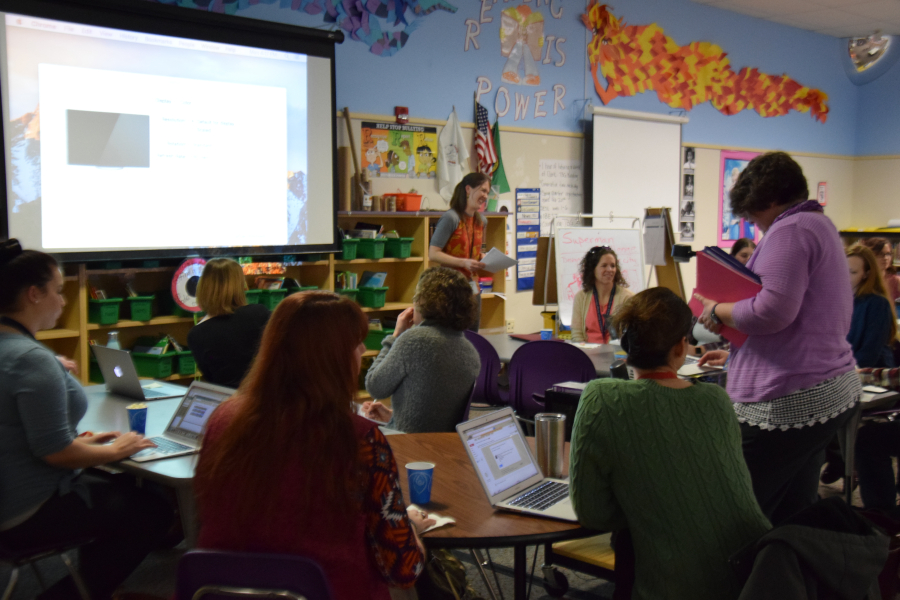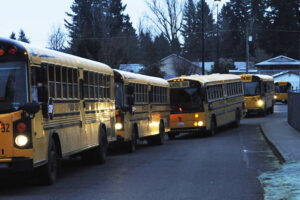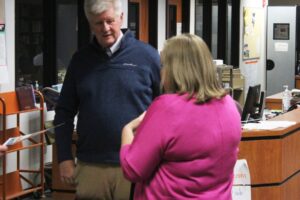“It’s like flying a plane, while building it, with children on board.”
That’s the metaphor Heidi Kellar, who mentors new teachers in the Washougal School District, uses to describe a teacher’s first year on the job.
“In a teacher’s first year leading a classroom, they are learning to do many things at once,” said Kellar, who taught for seven years before becoming a mentor.
A new teacher is learning to manage a classroom of about 25 to 30 students, figuring out how to help the students listen and behave, and how to provide learning for students with a wide-range of abilities and behaviors. All while, finding time to get ahead on curriculum and communicate with parents, principals and other staff members.
“Many first-year teachers will spend 60 to 70 hours a week just to be prepared for class,” Kellar said.
The Washougal School District has about 10 new teachers a year, and Kellar’s main role is to make sure those teachers have the instructional and emotional support they need to get through their first year.



